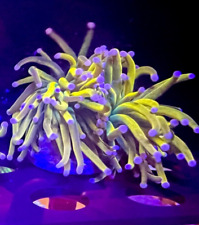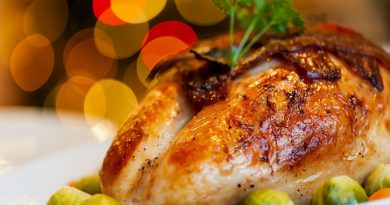Transitioning Your Dog to a New Food

Every now and then, it becomes necessary to make a change in your dog’s diet. Perhaps your vet has recommended the change, or maybe there’s a new brand you want to try. The thing is, sudden changes in your dog’s diet can be disastrous for his intestinal health. Transitioning to the new diet slowly is crucial for preventing stomach upset.
Why You Need to Transition Slowly
For a dog, new food is exciting! Often, a simple change in taste can stimulate a finicky dog to eat more. But, for a dog who isn’t a picky eater, they might gobble the food up too quickly or overeat. Dog’s that eat too fast often gulp down air along with the food, leading to cramping, and in some severe cases, dangerous gas and bloating in the stomach.
Different foods also contain varying amounts of fat, carbohydrates, and protein. If you’ve ever increased your fiber intake for health reasons, you know how painful the effects can be. How about overeating a type of food that doesn’t agree with you, such as spicy Mexican food, dairy, or wheat?
These foods may not cause an issue in small amounts, but when you eat too much of them, you end up with some awful stomach issues. It’s no different for your dog! And, your first sign that your dog’s stomach is upset could be uncontrollable diarrhea or vomiting. Yikes! If you transition to the new diet too quickly, you may also notice belching and flatulence, and maybe even reluctance to eat the new food.
How to Make the Switch
So, what’s the best way to make the switch? Plan on introducing the food slowly over a 7 – 10 period. Each day you’ll add a little bit more of the new food and take away a little more of the old food. For example, your transition should go something like this:
- Day 1: 90% of the old food, 10% of the new food
- Day 2: 80% of the old food, 20% of the new food
- Day 3: 70% of the old food, 30% of the new food
And so on until you have transitioned completely.
Is All This Really Necessary?
You are probably wondering, “Do I really need to be so careful? After all, my dog eats out of the trash can, and he’s fine!” Well, in all honesty, some dogs can adjust to a rapid change in food without issue. But, have you ever heard the old saying, “an ounce of prevention is worth a pound of cure?” For your sake, and your dog’s, it’s not worth the risk. It really won’t cost you anything but a little extra time to make the transition slowly.













